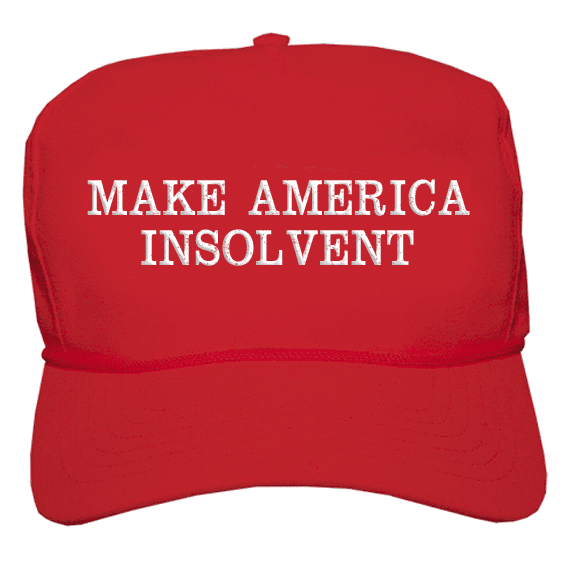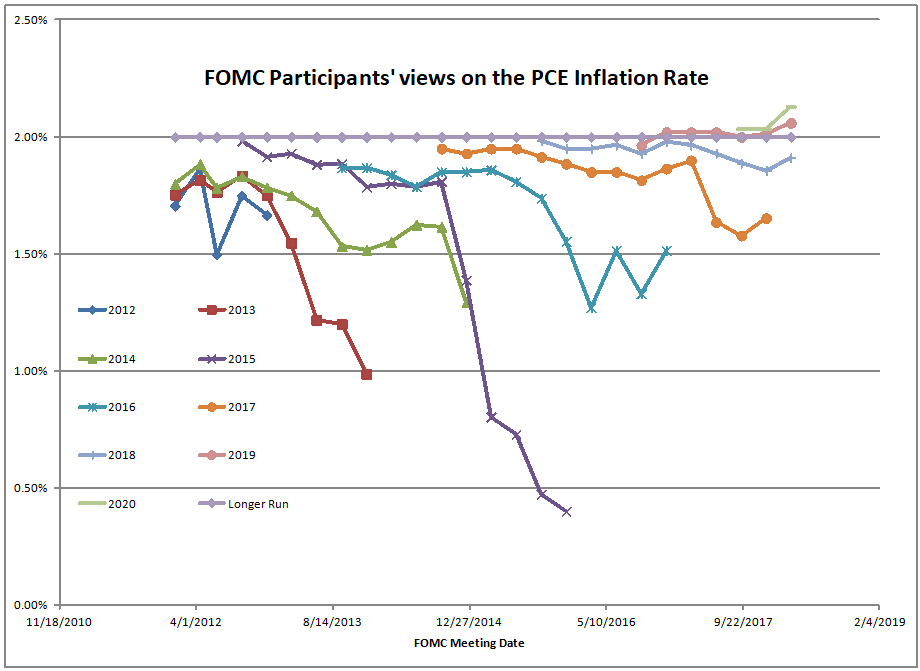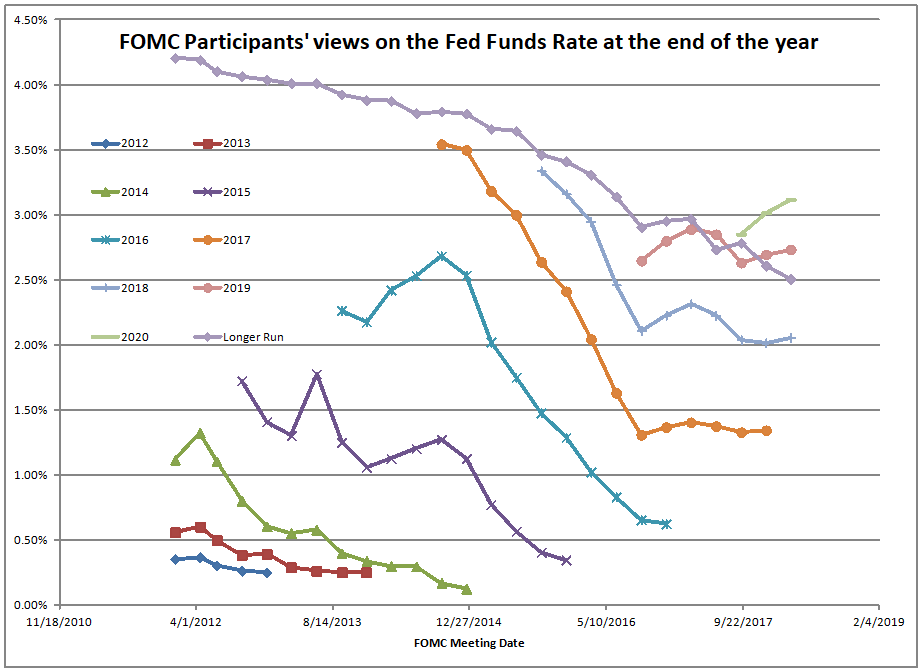Notes and Comments
1) I still canít post images at my blog. If you can believe it, WordPress is trying to fix it. The one cost involved is that the last three posts will be wiped out, and all comments since 4/8.
2) Iíve spent the time since my last post improving my models. I played around with a seven-parameter model, but found that it took ~10,000x as much time to converge to a solution, and there were multiple solutions with very different results that fit close to equally well. My conclusion was that they were different ways to amplify noise.
Instead, I created a second model based on the idea that the rate of growth of total cases was exponentially decaying at a rate slower than that of the first model. The new case figures have been coming at rates far closer to the second model.
Iím sensitive to when models keep having errors in the same directionÖ 2-3 weeks ago, errors were close to even ó as many up as down. But since then more new cases have persistently come in than the first model would have predicted.
Austria, Switzerland and Germany are fine, but most of nations I have modeled have a long way to go, if model 2 is closer to the truth. Add five weeks onto getting to the 99% point.
As such, donít put me in the camp of optimists any more. I recognize my initial predictions were wrong. Some of it stems from increasing testing as time has gone on. Indeed, what will happen if that study in New York is correct (seems to be too small of a sample, and perhaps biased), and maybe 10-15% of the NY population caught COVID-19 with almost no symptoms? That is mostly a good thing, and might even be a testimony to how little reported cases moved up in the face of that ó social distancing restrains the spread of COVID-19, particularly with those who would be most harmed distancing via self-quarantine.
3) I think the history books will end up calling this the voluntary recession, where governments chose ham-fisted solutions out of fear, and did not consider the long-run implications of draconian solutions like general quarantine. What are the effects on:
- Unemployment
- Division of labor
- Pensions, both public and private
- health care for those that donít have COVID-19
- Small businesses that run out of resources
Death rates rise from sudden recessions. Might it be more than the lives saved via general quarantine. What Sweden is doing makes more sense. Yes, their death rates are a little higher, but they didnít close many things at all ó their populace has covered up, and kept working. They integrated social distancing into their total lives, including work.
4) But, after the crisis is over, there will be some things that we realize we did not need. Will a video teleconference do as well as a trip to a remote office? How much additional productivity do we get or lose from having staff in a single location? Hay, I can cook for myself! I donít have to go to restaurants! We donít need low-end malls! And moreÖ we just donít know what all will change. That said, never underestimate the ability of Americans to forget.
5) There are charities that help some businesses finance their inventories. They are called commodity ETFs. Long ago, I wrote about the folly of buying ETFs that follow complex strategies. USO always underperformed. This past week was the worst of it.
Negative prices for oil futures are like negative interest rates. If you can safely store paper currency, you will never have a negative interest rate. If you can safely store oil, then a day will come when you can use or sell it.
6) One of my clients asked me what I thought about what the Fed is doing now. My answer is this: they arenít doing much. The market took their bluff and ran with it. How is this?
- All of the risk flows back to the US Treasury explicitly or implicitly, via loss of seigniorage.
- They are mostly financing assets, not buying them.
- When they are buying assets, they arenít taking much risk, either in duration or credit.
- The QE that they are doing is just a closed loop with the banks ó it doesnít get into the general economy.
The Fed makes me think of a nerdy kid who thinks he is being cool, but all the cool kids know he is a nerd. That said, in this case a good bluff can be quite effective if the cash keeps flowing.
Personally, I like the fact that the Fed is taking little risk. Thatís the way a central bank should be. But thatís not the way the markets are interpreting the matter ó they think the Fed will always rescue them.
7) But at least at present, I donít think we are using MMT yet, unless you mean that the Fed buys government debt.
To me, the big question is when do foreign entities get sick of owning US Dollar claims? When do foreign governments finally say that they wonít subsidize exporters anymore, and will stop investing in US Dollar claims?
Of the major governments, the US is the ďcleanest dirty shirt,Ē but when will the free ride of cheap capital end? Nature abhors free lunches, and this one has gone on for a long timeÖ pity that the competition is so poor.
8 ) When will we learn that savings doesnít inhibit growth? Stable households and businesses survive better, and ultimately spend more.
9) 60/40 stocks/bonds as an asset allocation has been maligned, but not for any good reason. Yes, high-quality interest rates are low. The real value of bonds is that they donít fall as much as stocks. In a stock market where valuations are still high, though not relative to bond yields, stocks should play a larger role, but not so much as to eliminate the value of having assets that protect the portfolio against hard falls.
Thatís all for now.














